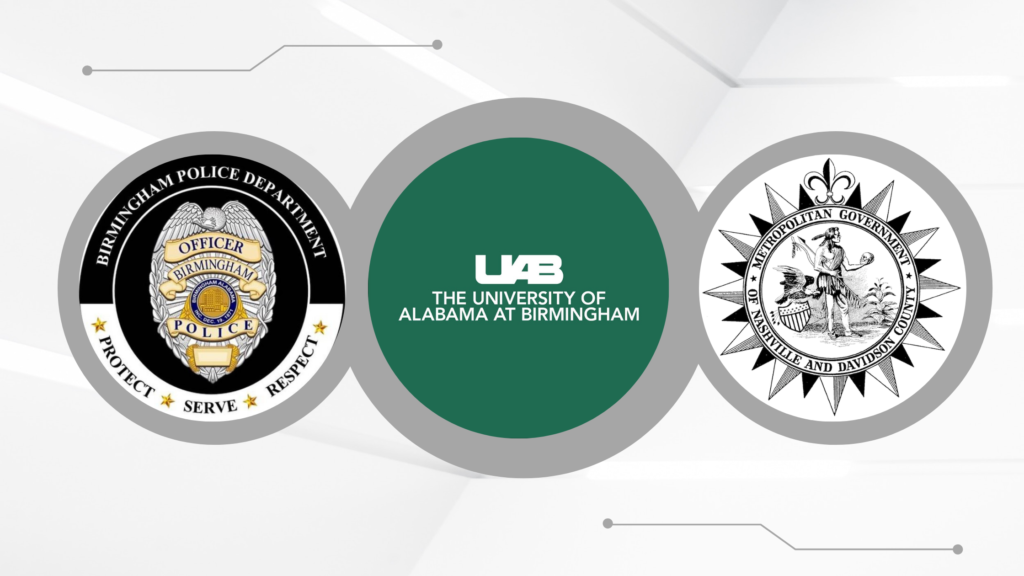In the realm of innovation, entrepreneurship, and education, the stories of remarkable individuals like Felecia Hatcher often serve as a source of inspiration and guidance. Felecia’s journey, marked by her relentless pursuit of diversity, equity, and inclusion in the tech industry, mirrors the values and aspirations of iSeek Solutions, a pioneering consulting firm committed to driving organizational success through vision, leadership, and proven methodologies.
Felecia Hatcher: A Visionary Trailblazer
Felecia Hatcher’s narrative is one of resilience, determination, and unwavering commitment to effecting positive change. Born and raised in Miami, Florida, Felecia who is of Caribbean (Jamaican)-America descent, recognized early on the disparities in access to technology and education within her community. Fueled by a desire to level the playing field, she co-founded initiatives like Code Fever and Black Tech Week, which aimed to empower underrepresented individuals to pursue their dreams in the tech sector.
Through her transformative work, Felecia not only provided resources, mentorship, and networking opportunities but also played a pivotal role in connecting diverse entrepreneurs with funding and support. Her accolades, including being recognized as a 2014 Obama White House Champion of Change for STEM Access and Diversity, underscore the impact of her contributions to the tech community.
iSeek Solutions: Guiding Organizations to Success
Aligned with Felecia Hatcher’s ethos of empowerment and inclusivity, iSeek Solutions, a division of PAC3 Technologies, Inc., specializes in providing strategic consulting services aimed at navigating complex business landscapes. Founded in 2007 and headquartered in Birmingham, Alabama, iSeek is committed to ensuring its clients’ success by bridging gaps in knowledge, skills, capacity, and leadership.
A Comparative Analysis
While Felecia Hatcher’s focus lies primarily in fostering diversity and inclusion within the tech industry, iSeek Solutions’ mission extends to guiding organizations across various sectors towards success. Both entities share a common goal of empowering individuals and businesses to thrive in an ever-evolving digital landscape.
- Empowerment Through Education: Felecia’s dedication to tech education parallels iSeek’s commitment to equipping organizations with the skills and knowledge needed to navigate today’s challenges. Both entities recognize the importance of continuous learning and development in driving innovation and growth.
- Inclusive Innovation: Felecia’s efforts in building inclusive innovation ecosystems resonate with iSeek’s approach to fostering diversity and inclusion within organizations. By providing tailored solutions and resources, both entities strive to create environments where everyone has the opportunity to succeed.
- Strategic Planning and Goal Setting: iSeek’s practical workshops on strategic planning and goal setting mirror Felecia’s initiatives in providing mentorship and networking opportunities. Both emphasize the importance of defining clear objectives and implementing actionable strategies to achieve desired outcomes.
Conclusion: Guiding Lights in a Changing Landscape
As Felecia Hatcher continues to inspire change and innovation in the tech community, iSeek Solutions stands as a beacon of guidance and support for organizations navigating today’s complex business landscape. Together, they embody the spirit of empowerment, inclusion, and transformation, paving the way for a brighter, more equitable future.
At iSeek, we are proud to recognize and celebrate Felecia Hatcher’s leadership, contributions, and accomplishments. As we honor her remarkable journey, we reaffirm our commitment to driving organizational success and creating a world where everyone has the opportunity to thrive.
Join us as we shine a light on your business challenges and illuminate opportunities for growth and prosperity. Together, we can navigate the waters of change and chart a course towards lasting success.
To learn more about Felecia Hatcher and her contributions to history visit: www.feleciahatcher.com.
To learn more about iSeek Solutions, visit our About Us page, subscribe to our blog, or follow us on LinkedIn!









